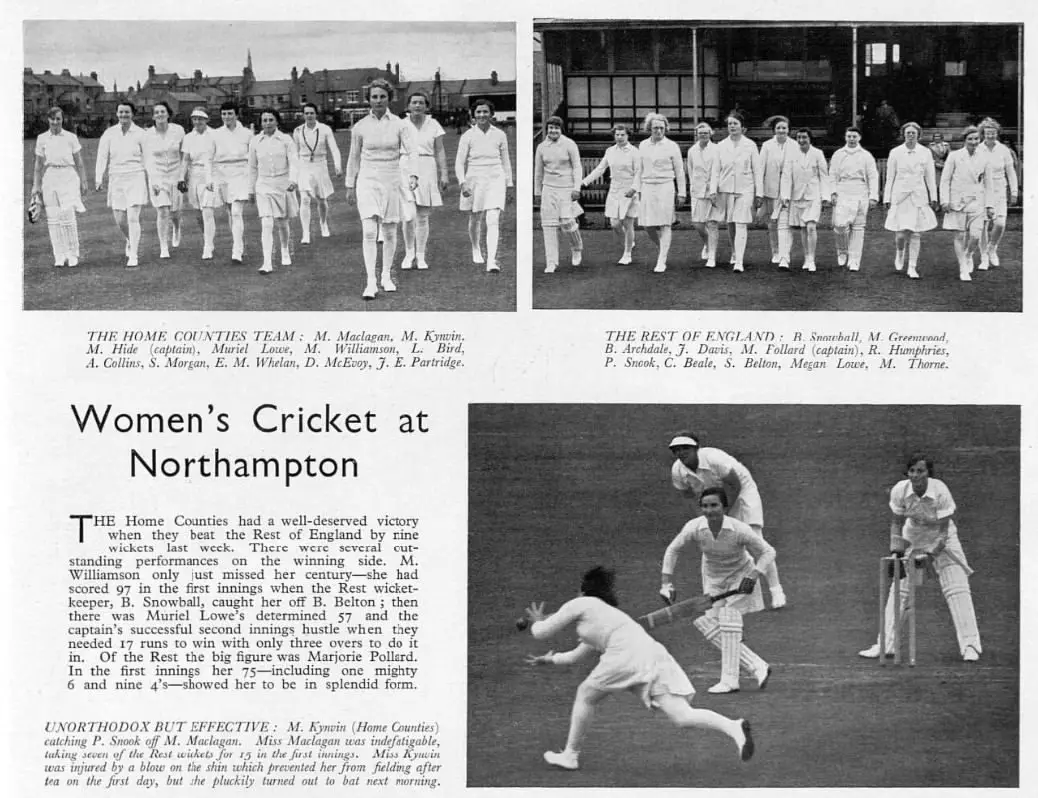Table of Contents
Cricket, often referred to as the “gentleman’s game,” has transcended its traditional boundaries to become a global phenomenon. This beloved sport, known for its strategic gameplay and passionate following, has captivated fans around the world for centuries, just like online casino slot games captivate many people nowadays. In this article, we will explore the evolution of cricket, from its humble beginnings to its modern-day stature as one of the most popular sports on the planet. So, grab your bat and let’s delve into the captivating world of cricket.
Cricket traces its origins back to 16th-century England, where it was predominantly played by the aristocracy as a leisurely pastime. Over time, the sport gained popularity and began to spread to other parts of the British Empire, such as India, Australia, and the West Indies. The colonial influence played a crucial role in the global expansion of cricket, as it became deeply ingrained in the cultures of these nations. Today, cricket is played in more than 100 countries, making it one of the most widely participated sports in the world.
New Formats and The Rise of T20 Leagues
One of the defining features of cricket is its ability to adapt to various formats, catering to different audiences and preferences. The traditional form of the game, known as Test cricket, is played over five days and is revered for its strategic battles between batsmen and bowlers. However, with the advent of limited-overs cricket, such as One Day Internationals (ODIs) and Twenty20 (T20) matches, the sport underwent a revolution. These shorter formats brought a new level of excitement, offering fast-paced action and instant results. The rise of T20 leagues, such as the Indian Premier League (IPL) and the Big Bash League (BBL), further amplified the appeal of cricket, attracting global audiences and showcasing the sport’s star players.
While the on-field action remains the core attraction, the commercialization of cricket has played a significant role in its transformation. Sponsorship deals, media rights, and merchandise sales have turned cricket into a multi-billion-dollar industry. The sport’s popularity has also extended to the online realm, where fans can engage in virtual cricket experiences and even participate in fantasy leagues. Online platforms offer a range of cricket-themed games and activities, providing fans with an immersive experience. For instance, some platforms feature online casino slot games that incorporate cricket elements, adding a unique twist to the gaming experience for cricket enthusiasts.
Women’s Cricket
In the realm of sports, the evolution of women’s cricket has been a compelling journey of breakthroughs and milestones. The game, which initially saw women participate in village cricket games in the 18th century, has come a long way, showcasing immense growth in the 21st century.
The inaugural Women’s Cricket World Cup was held in 1973, two years before the first men’s edition, demonstrating the early strides made in this arena. The Women’s Big Bash League (WBBL), established in 2015, further revolutionized the game, introducing competitive T20 cricket to a broader audience.
The growth is not just restricted to the field but has significantly expanded in audience reach as well. The 2017 Women’s World Cup final saw a record global audience of 180 million, a 300% increase from the previous edition. Moreover, the highest attendance for a women’s cricket match was recorded at 86,174 at the T20 World Cup final in Melbourne in 2020.
These statistics underscore the phenomenal evolution of women’s cricket, demonstrating both its historical journey and its potential for future growth.

Superstar Cricket Players
Another aspect that has contributed to the growth of cricket is the emergence of superstar players who have captured the imagination of fans worldwide. From legendary figures like Sir Donald Bradman, Sachin Tendulkar, and Brian Lara to modern-day icons like Virat Kohli, Steve Smith, and Kane Williamson, these players have become household names, transcending the sport itself. Their exceptional skills, charismatic personalities, and record-breaking performances have elevated cricket to new heights and inspired future generations of players.
Furthermore, the inclusivity and diversity of cricket have played a significant role in its global appeal. Unlike many other sports, cricket is not confined to a specific region or demographic. It cuts across cultural, social, and economic barriers, providing a platform for players from diverse backgrounds to showcase their talents. The success of associate nations, such as Afghanistan and Ireland, in international tournaments has further highlighted the sport’s global reach and its ability to foster unity and camaraderie.
Cricket’s global expansion
Cricket’s global expansion has also been facilitated by technological advancements. The advent of television and live streaming has brought the excitement of cricket to living rooms around the world. Fans can now follow their favorite teams and players in real-time, regardless of their geographical location. Social media platforms have also played a crucial role, allowing fans to connect, share their passion, and engage in discussions about the sport. The digital era has truly made cricket a global community, with fans from different corners of the world coming together to celebrate the game they love.
Moreover, cricket has become a catalyst for social change and empowerment. In many countries, cricket programs and initiatives have been used to promote inclusivity, gender equality, and education. Organizations such as the International Cricket Council (ICC) and various cricket boards have implemented grassroots programs to provide opportunities for underprivileged communities and develop cricketing talent at a grassroots level. The sport has become a vehicle for social development, helping individuals overcome obstacles and achieve their dreams.
In recent years, cricket has also embraced technological advancements to enhance the fan experience and improve the game itself. The introduction of technologies like Hawk-Eye, which assists in decision-making, and the use of drones and advanced camera angles for television broadcasts have added a new dimension to the sport. These innovations not only provide a better viewing experience for fans but also contribute to fairer outcomes and more accurate judgments on the field.

The Future of Cricket
Looking ahead, cricket continues to evolve, driven by innovation and the quest for broader audiences. The introduction of new formats, such as The Hundred in England, which condenses the game into 100 balls per side, aims to attract younger audiences and make cricket more accessible. The sport is also exploring new frontiers, with initiatives like day-night Test matches and the potential inclusion of cricket in the Olympics, which could further enhance its global profile.
The future of cricket looks bright, with the sport poised to continue its growth and global impact. As the game evolves, it will face new challenges and opportunities, including striking the right balance between tradition and innovation, expanding its fan base in non-traditional cricketing nations, and ensuring the sustainability and integrity of the sport. But one thing is certain: cricket’s ability to captivate, inspire, and unite will remain at the core of its enduring appeal.
Final Thoughts
Cricket has come a long way from its aristocratic origins to becoming a worldwide sporting spectacle. Its ability to adapt, embrace diversity, and capture the imagination of fans has made it a truly global phenomenon. From thrilling matches on the field to the commercial buzz surrounding the sport, cricket continues to captivate audiences across continents. So, whether you’re a die-hard fan or a casual observer, cricket’s rich history and exciting future make it a game worth following. So grab your cricket bat, tune in to a match, and immerse yourself in the captivating world of cricket.



